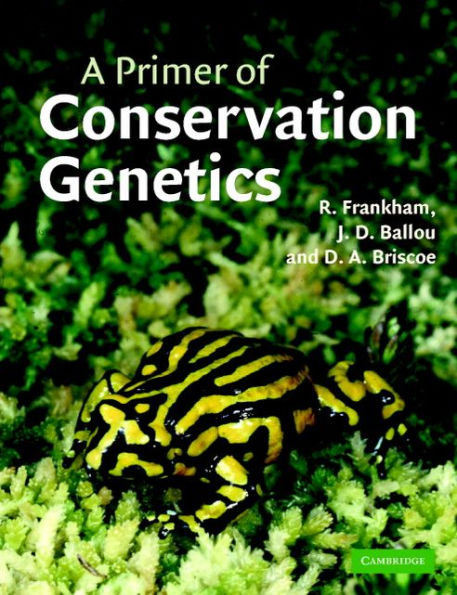This concise, entry level text provides an introduction to the importance of genetic studies in conservation and presents the essentials of the discipline in an easy-to-follow format, with main points and terms clearly highlighted. The authors assume only a basic knowledge of Mendelian genetics and simple statistics, making the book accessible to those with a limited background in these areas. Connections between conservation genetics and the wider field of conservation biology are interwoven throughout the book. Worked examples are provided throughout to help illustrate key equations and glossary and suggestions for further reading provide additional support for the reader. Many beautiful pen and ink portraits of endangered species are included to enhance the text. Written for short, introductory level courses in genetics, conservation genetics and conservation biology, this book will also be suitable for practising conservation biologists, zoo biologists and wildlife managers.



